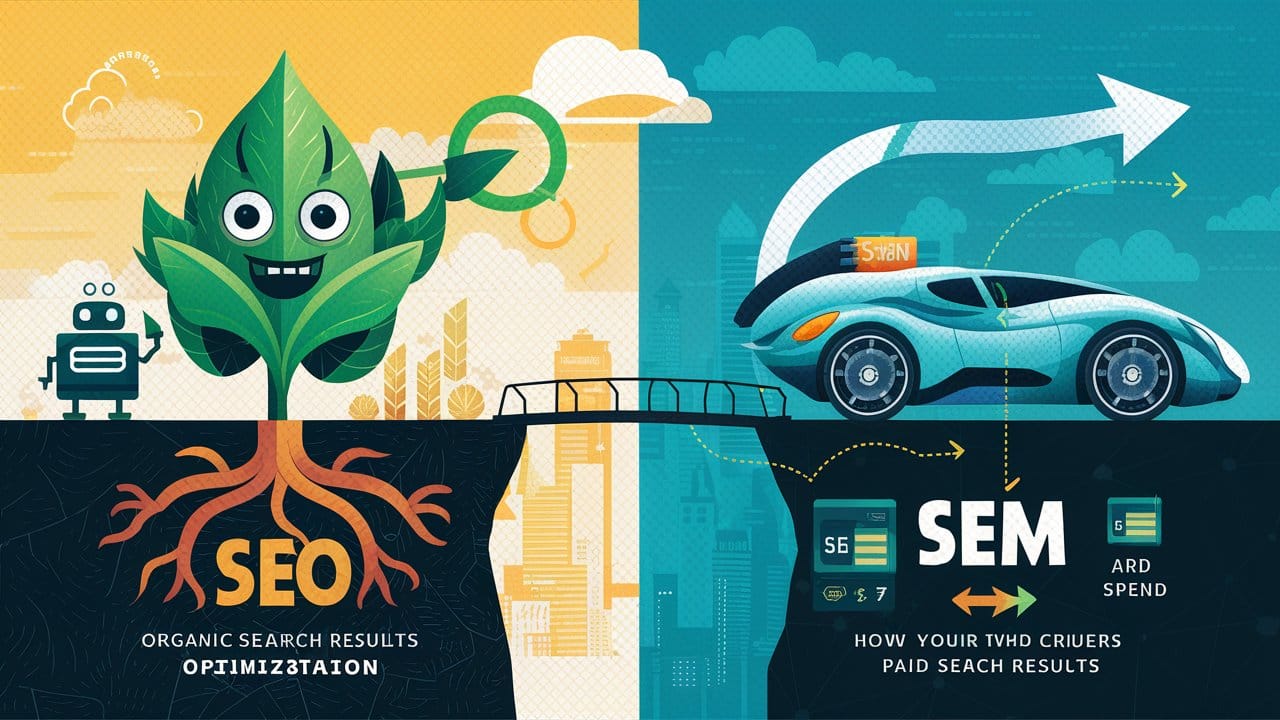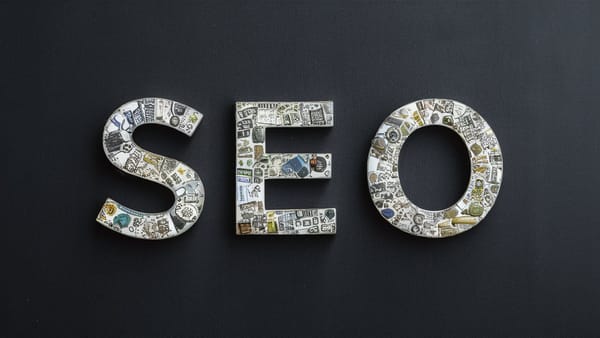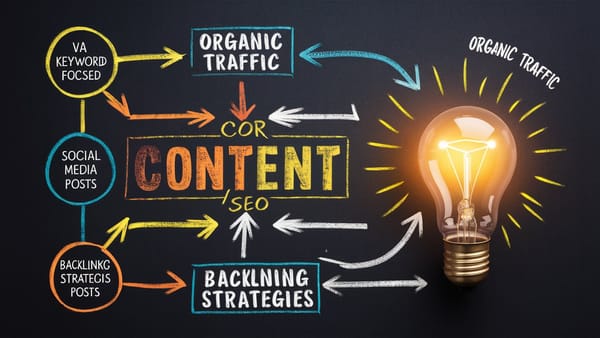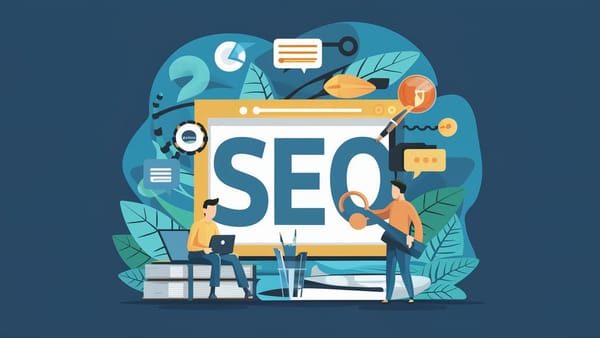On-Page SEO Optimization: A Checklist for Better Rankings
Maximize your website's visibility with this comprehensive on-page SEO checklist. Ensure proper keyword optimization, compelling meta tags, user-friendly URLs, and optimized images
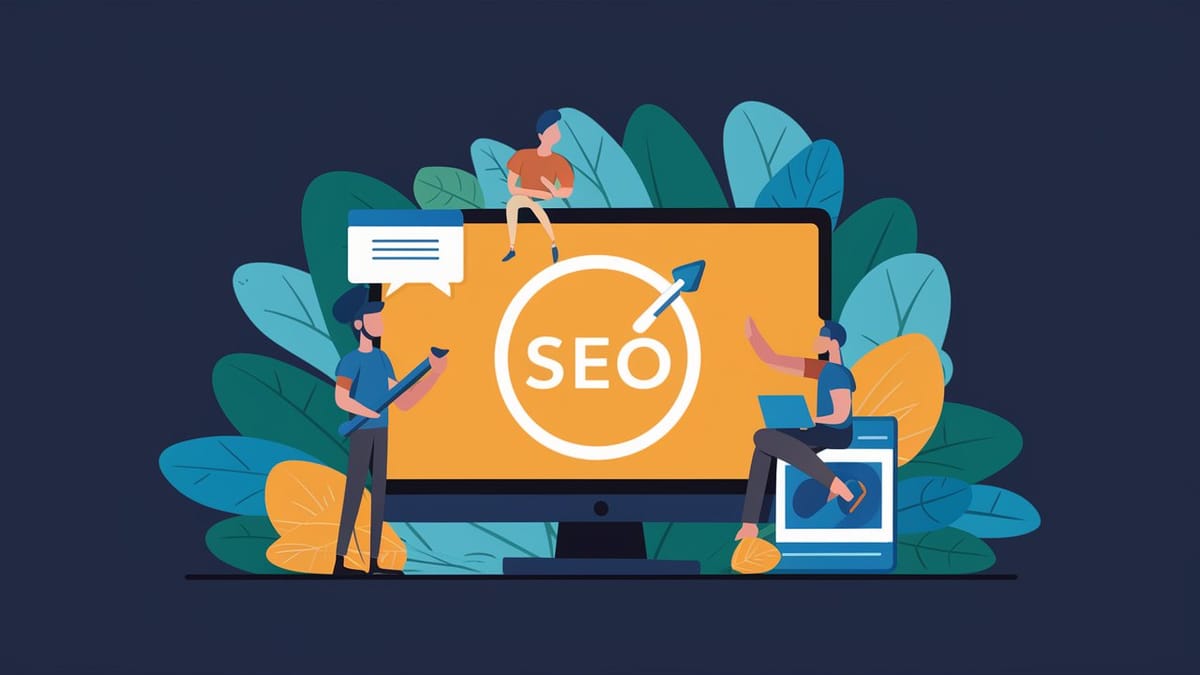
In the ever-evolving world of digital marketing, the importance of on-page SEO optimization cannot be overstated. As someone deeply entrenched in the nuances of SEO strategies, I've witnessed firsthand the transformative power of on-page optimization in achieving better rankings and driving organic traffic. Through this comprehensive guide, I aim to demystify the process and provide you with a detailed checklist to enhance your website's visibility and performance in search engine results.
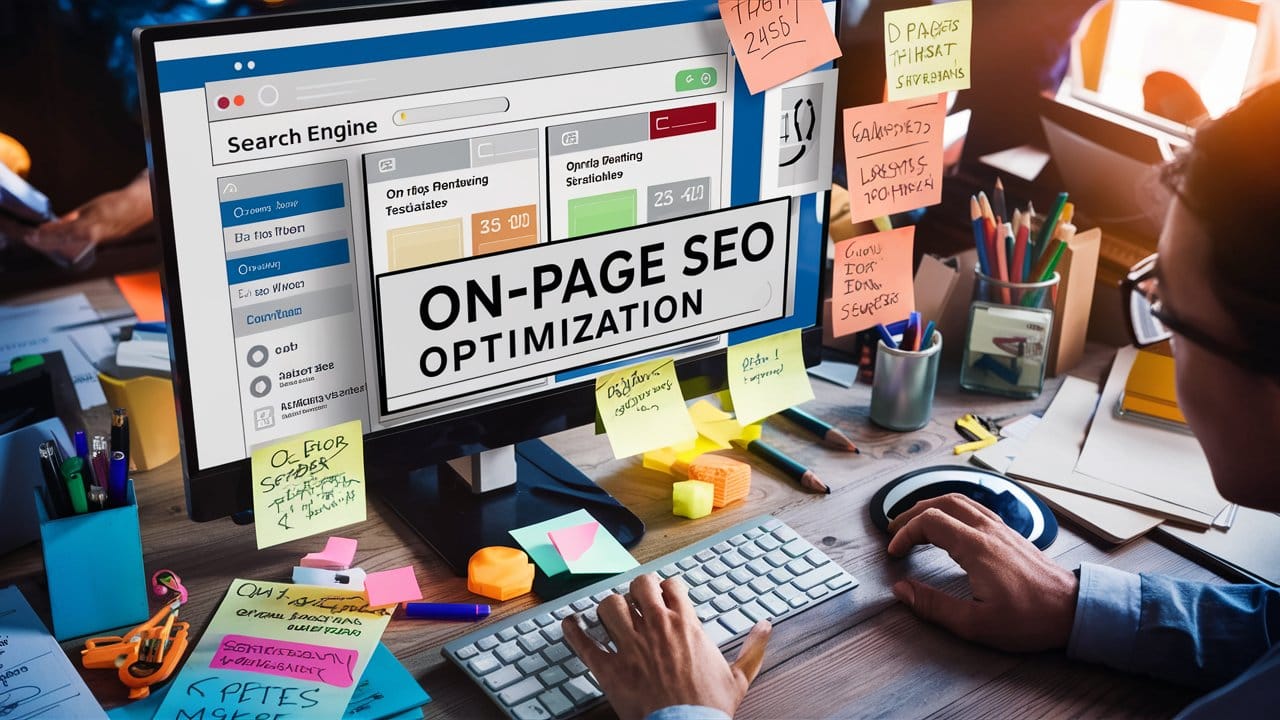
What is On-Page SEO Optimization?
On-page SEO optimization refers to the practice of optimizing individual web pages to rank higher and earn more relevant traffic in search engines. This involves both the content and the HTML source code of a page that can be optimized, as opposed to off-page SEO which refers to links and other external signals. It's about making your website more accessible and understandable to search engines and users alike.
The foundation of on-page SEO is understanding how search engines read and interpret the content on your website. It's not just about stuffing keywords into your pages but creating valuable content that is user-friendly and easy for search engines to digest. This includes optimizing your titles, headings, content, images, and the overall structure of your website.
Furthermore, on-page SEO is a continuous process. It's not something you do once and forget about. The digital landscape is constantly changing, and staying ahead requires regular updates and adjustments to your on-page SEO strategies.
Importance of On-Page SEO Optimization for Rankings
The significance of on-page SEO optimization in improving website rankings cannot be understated. Search engines strive to provide users with the most relevant and high-quality results for their queries. By optimizing your website's on-page elements, you signal to search engines that your content is valuable, relevant, and worthy of ranking highly.
Firstly, on-page SEO helps search engines understand your website and its content. When your website is well-optimized, search engines can easily crawl and index your pages. This is crucial because if search engines can’t find or understand your content, your chances of ranking are slim to none.
Secondly, on-page SEO optimization is critical for user experience. Search engines consider user experience as a ranking factor. Websites that are easy to navigate, have fast loading times, and contain high-quality content are more likely to rank higher. This is because such websites provide a better experience for users, which is ultimately what search engines want to promote.
Lastly, in a competitive digital landscape, on-page SEO can be the difference between appearing on the first page of search results or being buried under competitors. It’s an essential component of any successful SEO strategy and a direct factor in improving your website’s visibility and rankings.
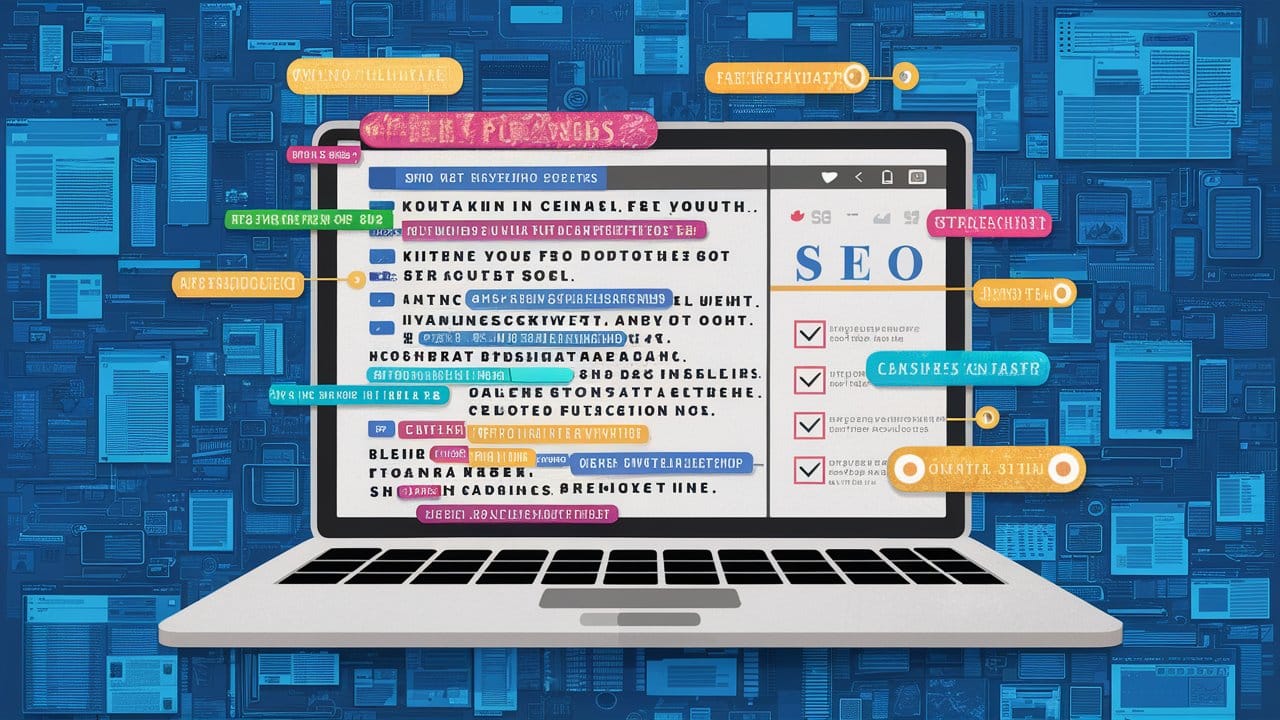
On-Page SEO Optimization Checklist
To effectively optimize your website for better rankings, it's essential to have a comprehensive checklist. This section outlines critical on-page SEO factors that you should focus on to improve your website’s performance in search engine results.
Keyword Research and Optimization
Keyword research is the cornerstone of on-page SEO. It involves identifying the terms and phrases your target audience uses to search for information, products, or services related to your business. Once identified, these keywords should be strategically incorporated into your website’s content.
When optimizing for keywords, it's vital to include them in prominent places such as the title tag, headings, and throughout the content. However, it's important to maintain a natural and reader-friendly approach. Overusing keywords, a practice known as keyword stuffing, can harm your SEO efforts.
Furthermore, focus on long-tail keywords, which are longer and more specific keyword phrases. These are often less competitive and can attract more qualified traffic to your website.
Meta Tags and Meta Descriptions
Meta tags and meta descriptions play a crucial role in on-page SEO. They provide search engines and users with a brief summary of what your page is about. Well-crafted meta tags and descriptions can improve your website’s click-through rate (CTR) from search engine results pages (SERPs), which is a signal of relevance to search engines.
The title tag should accurately reflect the content of the page and include the primary keyword. The meta description should offer a compelling reason for users to click on your link, using relevant keywords and a clear call to action when appropriate.
URL Structure and Permalinks
The structure of your URLs is another critical factor in on-page SEO. URLs should be concise, include relevant keywords, and be easily understandable by both search engines and users. A well-structured URL helps search engines to understand the hierarchy and relevance of your pages and can contribute to better rankings.
Permalinks, or permanent links, are the full URLs to individual pages and posts on your website. Like URLs, permalinks should be optimized with keywords and structured in a way that is easy to read.
Heading Tags and Content Organization
Organizing your content with proper heading tags (H1, H2, H3, etc.) is essential for both search engines and users. Headings help break up content, making it easier to read and navigate. They also provide structure and context to your content, which search engines use to understand the main topics and subtopics of your pages.
The H1 tag, usually the title of your page or post, should include the primary keyword and accurately reflect the content. Subsequent headings (H2, H3, etc.) should be used to structure content logically and include secondary keywords when appropriate.
Image Optimization
Images enhance the user experience on your website but can also impact your on-page SEO. Optimizing images involves reducing file sizes to improve page load times and using descriptive file names and alt tags. Alt tags provide context to search engines about the content of an image and should include relevant keywords.
Additionally, consider the use of responsive images, which adapt to the size of the device, ensuring a good user experience across all devices.
Internal and External Linking
Internal linking refers to the practice of linking to other pages within your website. This not only helps users navigate your site but also allows search engines to discover and index more of your pages. Use descriptive anchor text that includes relevant keywords for the best SEO impact.
External linking, or linking to authoritative external websites, can also benefit your on-page SEO. It provides additional value to your users and can help establish your website as a reputable source of information. However, it's important to link to reputable sites and ensure that external links open in a new tab to keep users on your site.
User Experience and Mobile Optimization
User experience (UX) has become increasingly important in SEO. Websites that offer a positive user experience are more likely to rank higher in search results. Key factors affecting UX include website design, navigation, and content quality.
Mobile optimization is also crucial for on-page SEO. With the majority of internet users accessing the web via mobile devices, your website must be responsive and mobile-friendly. This means your website should look and function well on devices of all sizes.
Page Load Speed and Performance
Page load speed is a direct ranking factor. Websites that load quickly provide a better user experience and are favored by search engines. Optimizing your website’s performance can involve compressing images, minifying CSS and JavaScript files, and leveraging browser caching.
Tools like Google’s PageSpeed Insights can provide insights into your website's performance and offer recommendations for improvement.
Monitoring and Tracking On-Page SEO Efforts
To measure the success of your on-page SEO efforts, it’s important to monitor and track your website's performance. Tools like Google Analytics and Google Search Console can provide valuable data on traffic, user behavior, and search rankings.
Regularly reviewing this data allows you to identify areas of improvement and adjust your strategies accordingly. It’s also important to stay updated with SEO best practices, as search engine algorithms are constantly evolving.
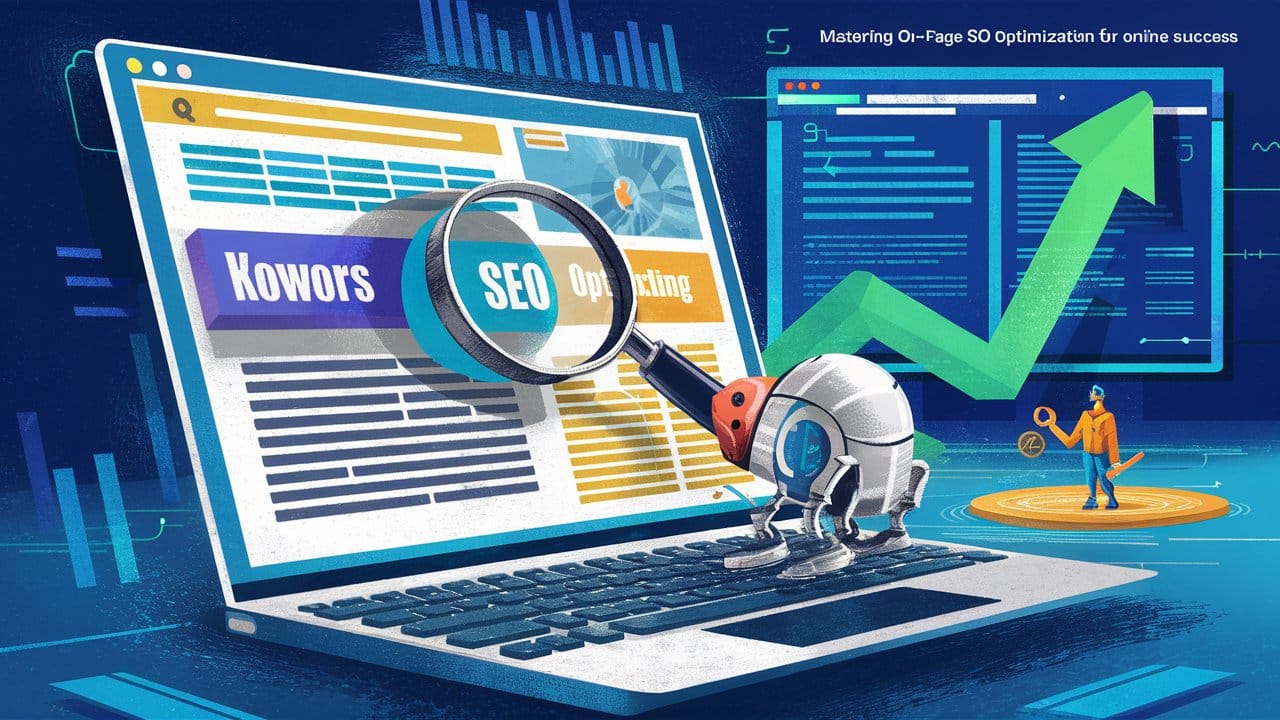
Common On-Page SEO Mistakes to Avoid
While implementing on-page SEO strategies, it’s easy to fall into certain traps that can negatively impact your rankings. Here are some common mistakes to avoid:
- Over-optimizing with excessive use of keywords, which can lead to penalties from search engines.
- Neglecting mobile optimization, which can alienate a significant portion of your audience.
- Ignoring page load speed, resulting in a poor user experience and lower rankings.
- Failing to update and refresh content, which can make your website appear stale and less relevant.
- Overlooking the importance of internal and external linking, which can limit your website’s visibility and authority.
Conclusion
On-page SEO optimization is a multifaceted and dynamic component of a successful SEO strategy. By following the comprehensive checklist outlined in this article, you can enhance your website’s visibility, improve user experience, and achieve better rankings in search engine results. Remember, on-page SEO is not a one-time task but an ongoing process that requires regular monitoring, updating, and optimization.
FAQs
1. How often should I perform keyword research for my website?
- Keyword research should be an ongoing process. Markets, trends, and user behaviors change, so it's important to regularly update and expand your keyword strategy to stay relevant.
2. Can on-page SEO alone guarantee high rankings in search results?
- While on-page SEO is crucial, it's only one part of a holistic SEO strategy. Off-page factors, such as backlinks and social signals, also play a significant role in determining rankings.
3. How long does it take to see results from on-page SEO efforts?
- SEO is a long-term strategy. It can take several months to see significant improvements in rankings and traffic. Consistency and patience are key.
4. Is it necessary to optimize every page on my website?
- Ideally, yes. Each page offers an opportunity to rank for specific keywords and attract more traffic. However, prioritize your most important pages for optimization first.
5. Can I perform on-page SEO optimization myself, or should I hire a professional?
- Basic on-page SEO can be performed by anyone willing to learn and invest the time. However, for more complex websites or competitive industries, hiring an SEO professional might be beneficial to achieve the best results.
